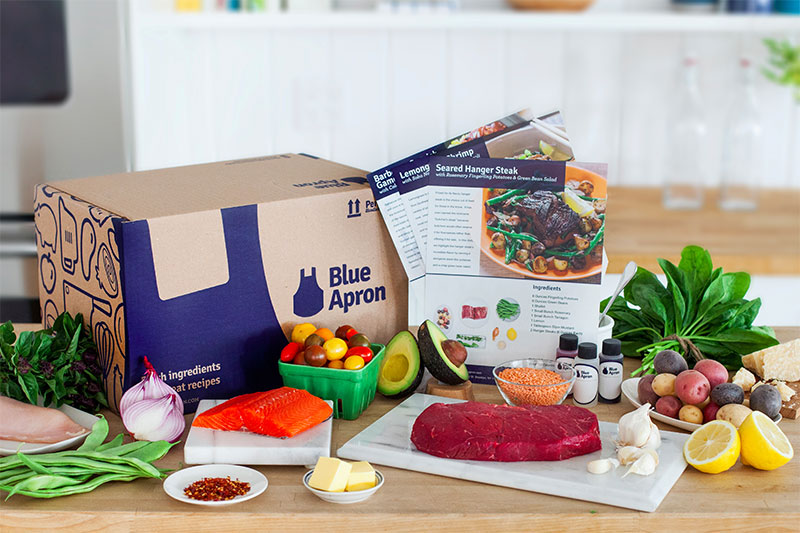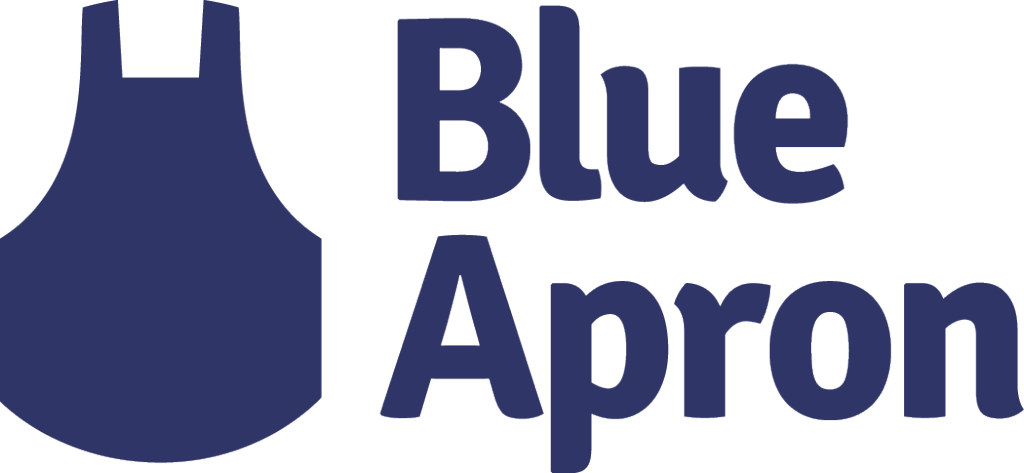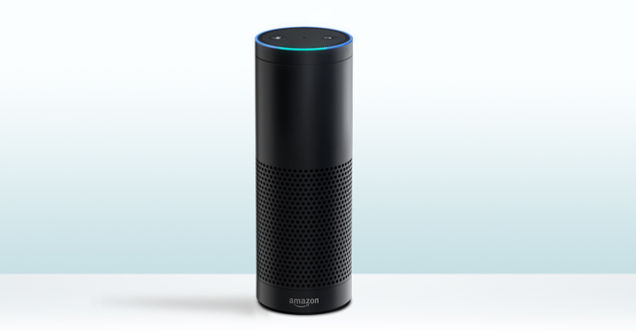It might seem a bit strange to kick-off this blog that is presumably about buying things with a post about the exact opposite. Well this post isn’t exactly about things that I don’t buy, but more about things that I don’t spend time buying. Because while time can be converted into money through labor or investment, money can’t be fully converted back to time since your personal stock is finite. All of which to say, saving time is a principle I follow and informs my life philosophy.
Amongst my friends I’m notorious for being a tech early adopter and buyer of all things gadgety. But I’m also known for being frugal and efficient, which probably allows me to get the latest government surveillance device in your house or the best Fitbit money can buy. Both Meredith (my better half) and I work (ok ok, you got me, I’m a grad student, but would you be convinced if I said I’m a really busy one?) and like most dual-income earners we really value the time we can spend together. So how do we do this?
Saving time by buying on your own terms
Multiple factors are converging to make it possible for you to run your life with just-in-time efficiency like a good ol’ fashioned Dell supply chain. There’s the major scramble for market share by established players in the goods delivery market, numerous on demand service providers funded by private equity, and of course, the ease of doing all of this on your phone or computer. Competition + flush with PE cash + technology = wins for consumers.
This allows us to “buy on our terms” in ways that are accessible to most people. We rarely wait in line unless we really want to (I think the last line we waited in was to see Furious 7! Vin Diesel voice: “one last ride”) or need to.
Ensuring you have what you need for your life
We’re able to ensure we have good healthy food for the week, snacks, and all of our household items (soap, shampoo, toothpaste, toilet paper, cat litter) without ever having to go to the store or mall (I can’t remember the last time we were in an actual mall). And all of these services are flexible enough to allow us to easily tweak them if we go out of town or if our plans change.
We rely on a combination of Amazon Subscribe and Save, Blue Apron (started by our high school classmate and valedictorian extrordinaire Matt Salzberg), Nature Box (co-founded by our high school classmate and snack master Ken Chen), and Fresh Direct to ensure our house runs smoothly. Each service has built-in automation so that you can put your supply chain on auto-pilot for the most part.
Downsides
Now, what are the downsides? First, we live in a city (Philadelphia) and having your boxes stolen off of your front porch is a regular occurrence if you leave them there for more than a few hours. So usually I try to schedule deliveries (UPS My Choice is a godsend) for times I’m home. This has been particularly difficult this semester with lab work, TA duties, classes, and meetings so I’ve tried stacking everything to be delivered on Mondays. Second, it usually takes six months to get a good idea of how much of one product you need. Amazon Subscribe and Save has been whittling down the products that they have in the program, which means some delivery schedule adjustment is necessary when your normal 12 toilet paper roll delivery is now 36 rolls. Third, sometimes things get left off of the delivery truck or the store runs out of it (Fresh Direct, I’m looking at you, although you’ve been much better than Peapod) and you don’t find out until it is too late. Then, you might actually have to go to the store to get stuff. But other than that, you can leave that part of your life on auto-pilot so that you can concentrate on the things and people that matter most to you.
What are your favorite time saving schemes? Put them in the comments below, we’d love to hear from you. And thanks for reading the first post of our blog!









